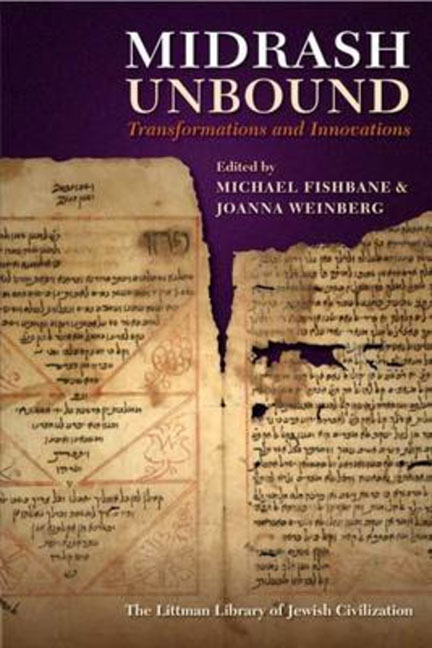18 - Rabbi Judah Loew of Prague and his Attitude to the Aggadah
Summary
The history of the exposition of the aggadah may be seen, essentially, as the attempt to reconcile an ever-changing religious situation with a traditional and authoritative text, since the Torah, which here includes the dicta of the sages of the Talmud, had of necessity to remain a living entity. ‘The injunctions of scribes are more precious than those of the Written Torah’ (S. of S. Rabbah 1) and have equal binding force, at least in the eyes of the later rabbinic authorities.
If the verses of the Torah are to be explicated by the methods of pardes—peshat (the plain sense of the text), remez (conveying hidden allusions), derash (midrashic interpretation), and sod (imparting mystic teachings)—so, too, do the rabbinic dicta contain all these various connotations. Nor is this all: just like the Bible itself, so rabbinic expositions eventually came to be looked upon as foundations from which philosophical and kabbalistic systems could be evolved.
Thus exposition of the aggadot (like biblical exposition) fulfilled two distinct needs which were at times complementary and at times in conflict: (1) the pressure of apologetics (not in a negative sense), emanating from the urge to relate the new and the novel to fixed and immutable traditions, and (2) the search for authoritative support, since tradition implies authority, and every innovator accordingly must attempt to derive from it support for his ideas.
At first sight, it seems most astonishing that only every rarely is the aggadah treated in the expository literature as poetic imagery (‘poetical conceit’, in Maimonides’ formulation), to be interpreted in accordance with the canons of ‘the craft of poetry’. Yet further reflections show this attitude to be quite understandable, since authoritative classics, by their very nature, are regarded with a most solemn veneration in a system based on tradition.
One of the most common and enlightening features of this literature is that even expositors who ascribed a meaning far removed from the plain sense to the aggadah honestly believed themselves to be presenting the true meaning originally intended by the author.
If what I have stated above holds true for the expositors of the aggadah in general, it is certainly applicable to interpreters employing the method of derash.
- Type
- Chapter
- Information
- Midrash UnboundTransformations and Innovations, pp. 389 - 406Publisher: Liverpool University PressPrint publication year: 2013



